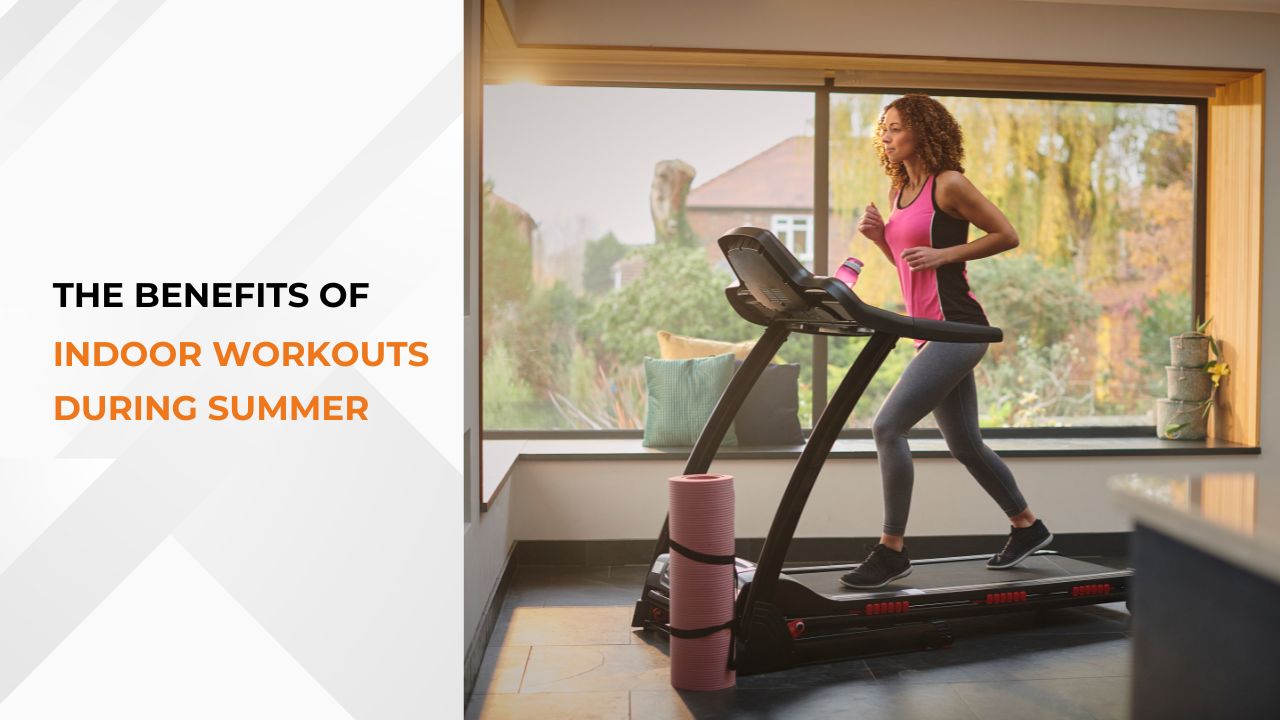How to Avoid Common Treadmill Workout Injuries

Working out on a treadmill is an excellent way to maintain cardiovascular health, lose weight, and stay fit, especially when outdoor running isn’t an option. However, like any exercise, treadmill workouts come with potential injury risks. Understanding these risks and learning how to mitigate them can help you make the most of your treadmill sessions safely. Here’s how you can avoid common treadmill workout injuries.
Understanding Common Treadmill Injuries
Before diving into prevention strategies, it’s essential to recognize the types of injuries that can occur during treadmill workouts. Common treadmill injuries include:
1. Strains and sprains are often caused by overuse or improper use of the treadmill.
2. Shin splints are pain along the shin bone due to excessive running or improper footwear.
3. Knee pain is caused by improper running form or excessive running without adequate recovery.
4. Foot and ankle injuries result from improper footwear or running form.
5. Lower back pain is often due to poor posture during running.
6. Falls and impact injuries are caused by losing balance or improper use of the treadmill.
Tips to Avoid Treadmill Injuries
1. Warm-Up Properly
Warming up is crucial before any workout, including treadmill sessions. A proper warm-up prepares your muscles and joints for the physical activity ahead, reducing the risk of strains and sprains. Spend at least 5-10 minutes performing light exercises such as walking, dynamic stretches, or slow jogging to get your blood flowing and muscles ready.
2. Use Proper Footwear
Wearing the right shoes is essential for preventing injuries. Running shoes should provide adequate support, cushioning, and stability. They should also fit well to avoid blisters and other foot injuries. Replace your running shoes regularly, as worn-out shoes can lose their supportive features and increase the risk of injury.
3. Maintain Good Posture
Maintaining good posture while running on a treadmill is vital for preventing injuries, especially to the back and knees. Keep your head up, shoulders relaxed, and back straight. Your arms should swing naturally at your sides, and your hands should remain unclenched. Avoid leaning forward or looking down at your feet, as this can strain your neck and back.
4. Start Slow and Gradually Increase Intensity
If you’re new to treadmill workouts or haven’t exercised in a while, start slow. Begin with walking or light jogging and gradually increase the speed and incline as your fitness level improves. Abruptly starting at a high intensity can shock your muscles and joints, leading to injuries.
5. Use the Handrails Sparingly
While the handrails are there for safety, relying on them too much can throw off your balance and running form. Use the handrails for support when getting on and off the treadmill, but try to run without holding them. Holding the rails can lead to poor posture and an increased risk of falls.
6. Stay Hydrated
Hydration is crucial during any workout. Dehydration can lead to muscle cramps, dizziness, and fatigue, increasing the risk of injuries. Drink water before, during, and after your treadmill session to keep your body hydrated and functioning optimally.
7. Listen to Your Body
One of the most effective ways to prevent injuries is to listen to your body. If you feel pain or discomfort, stop your workout and assess the situation. Pushing through pain can worsen injuries and prolong recovery time. Rest and seek medical advice if necessary.
8. Incorporate Cross-Training
Incorporating cross-training into your fitness routine can help prevent overuse injuries. Activities like cycling, swimming, or strength training can work for different muscle groups and give your running muscles a break. This balanced approach can improve overall fitness and reduce the risk of injuries.
9. Cool Down and Stretch
Cooling down after your workout is as important as warming up. Spend 5-10 minutes walking or doing light exercises to gradually lower your heart rate. Follow this with static stretching to improve flexibility and reduce muscle stiffness. Focus on stretching major muscle groups, especially those used during your run.
10. Check Your Treadmill Settings
Before starting your workout, ensure your treadmill settings are appropriate for your fitness level. Check the speed and incline to avoid starting at levels that are too challenging. Familiarize yourself with the emergency stop button and use it if you lose balance or feel unwell during your workout.
Proper Running Form To Avoid Injuries
Maintaining proper running form is crucial for preventing treadmill injuries. Here’s how to ensure you’re running correctly:
Aim to land mid-foot rather than on your heels or toes. This can reduce the impact on your joints and distribute pressure more evenly across your feet. Avoid overstriding, as this can lead to excessive impact on your knees and hips. Keep your strides short and quick, focusing on a smooth and natural running motion. Your arms should move in sync with your legs, with elbows bent at about 90 degrees. Avoid crossing your arms over your body, as this can throw off your balance and running form.
Also Read: How To Keep Your Fitness on Track This Monsoon With Treadmills
Dealing with Specific Injuries
- Shin Splints
To prevent shin splints, ensure you’re wearing proper footwear and running on an appropriate treadmill surface. Incorporate strength training exercises that target your lower legs, and avoid sudden increases in workout intensity.
- 2. Knee Pain
To prevent knee pain, maintain good posture and proper running form. Strengthening the muscles around your knees, such as the quadriceps and hamstrings, can provide better support and reduce strain on your knees.
- 3. Lower Back Pain
Focus on core strengthening exercises to support your lower back. Maintain good posture while running and avoid leaning forward or hunching your shoulders.
- 4. Foot and Ankle Injuries
Ensure your running shoes provide adequate support and cushioning. Avoid running on a treadmill with an excessively high incline, which can put extra strain on your feet and ankles.
Using Technology to Prevent Injuries
Fitness trackers can help monitor your heart rate, steps, and overall workout intensity. This information can help you adjust your workouts to avoid overexertion and reduce the risk of injuries.
Modern treadmills come with various features designed to enhance safety and performance. Look for treadmills with shock absorption technology, which can reduce the impact on your joints. Some treadmills also offer built-in workout programs tailored to different fitness levels, helping you avoid overtraining.
Conclusion
Staying fit and healthy through treadmill workouts is an achievable goal, provided you take the necessary precautions to prevent injuries. By warming up properly, using the right footwear, maintaining good posture, and listening to your body, you can significantly reduce the risk of common treadmill injuries. Incorporating variety into your fitness routine and using technology can further enhance your safety and workout experience. Remember, the key to a successful fitness journey is consistency and attention to your body’s signals. Happy running!

